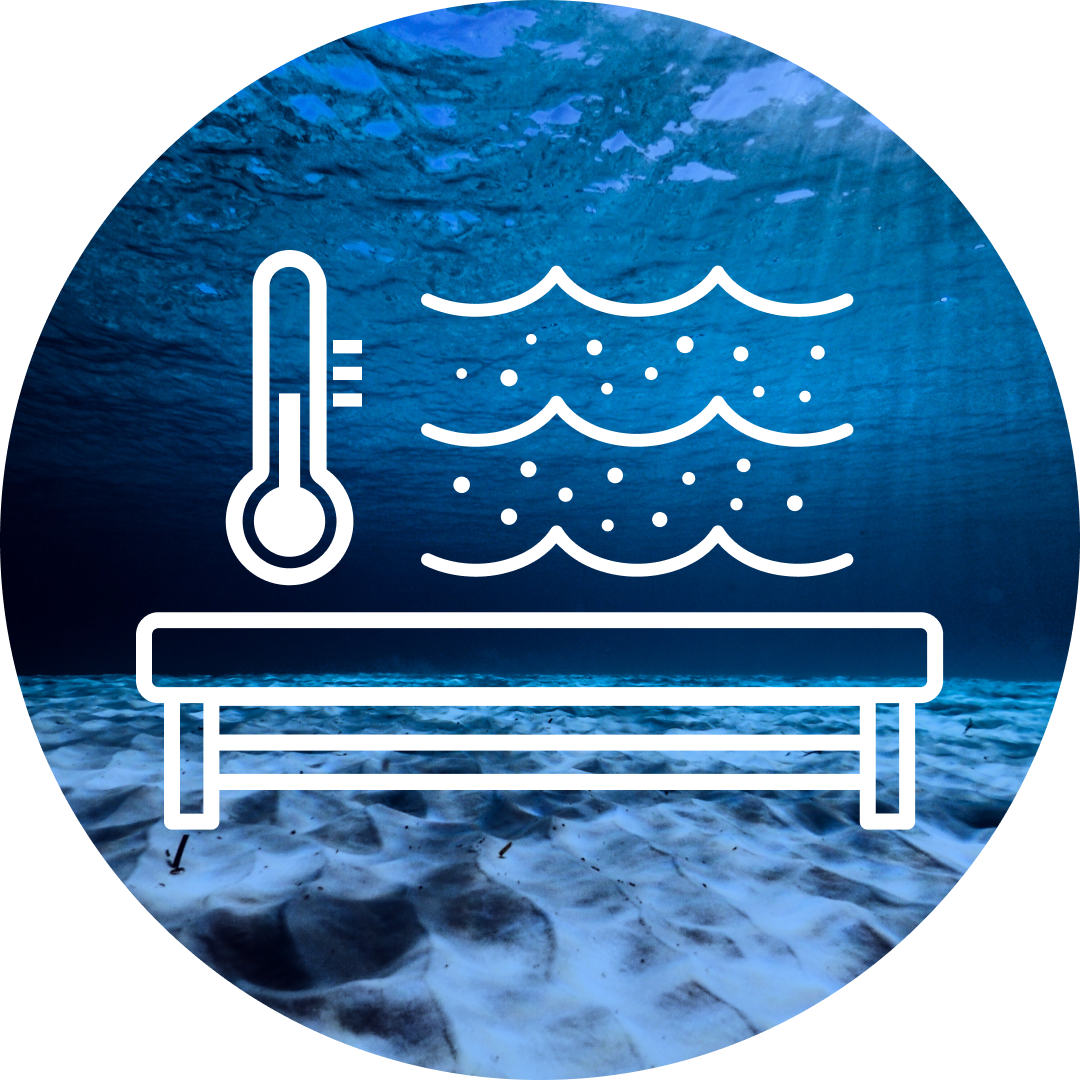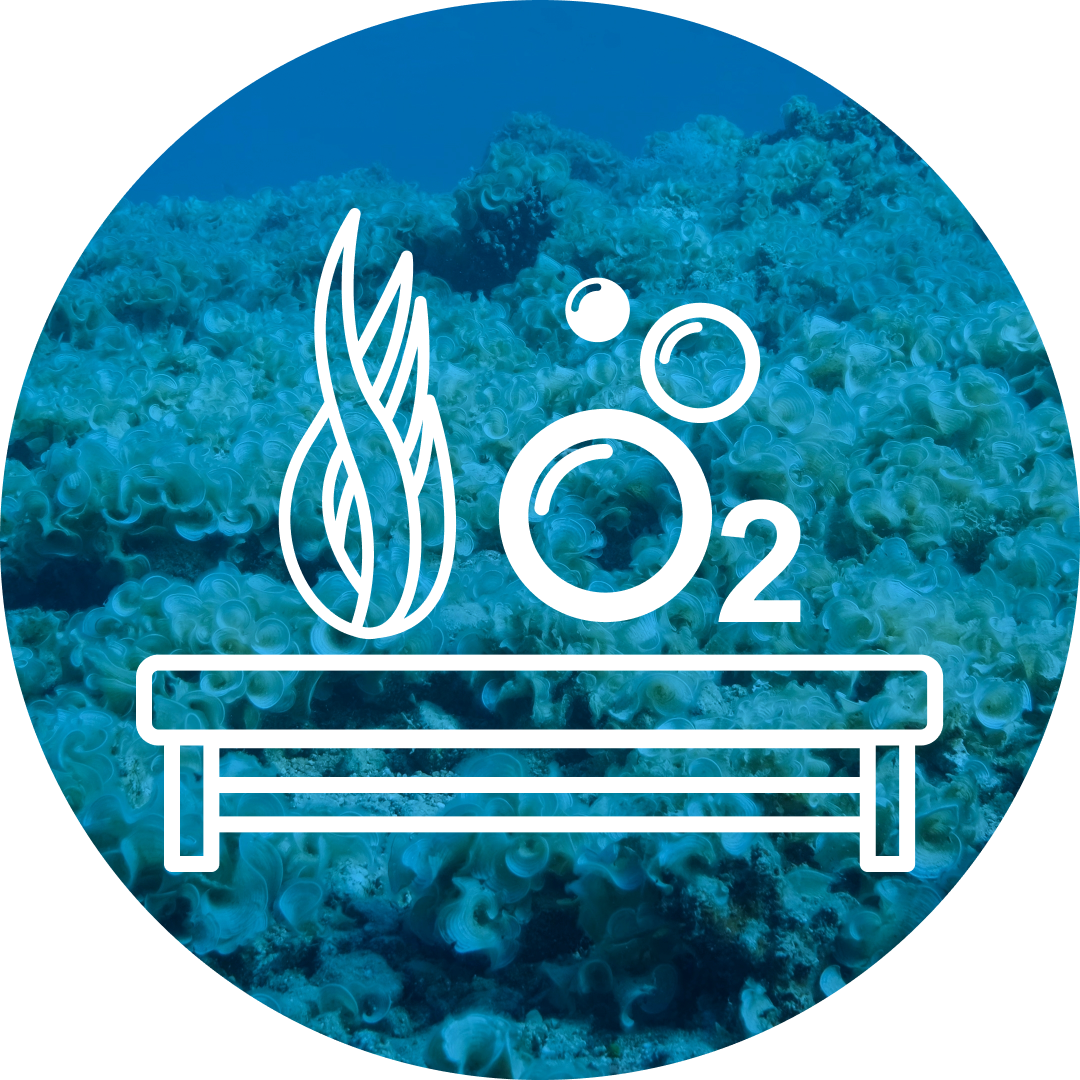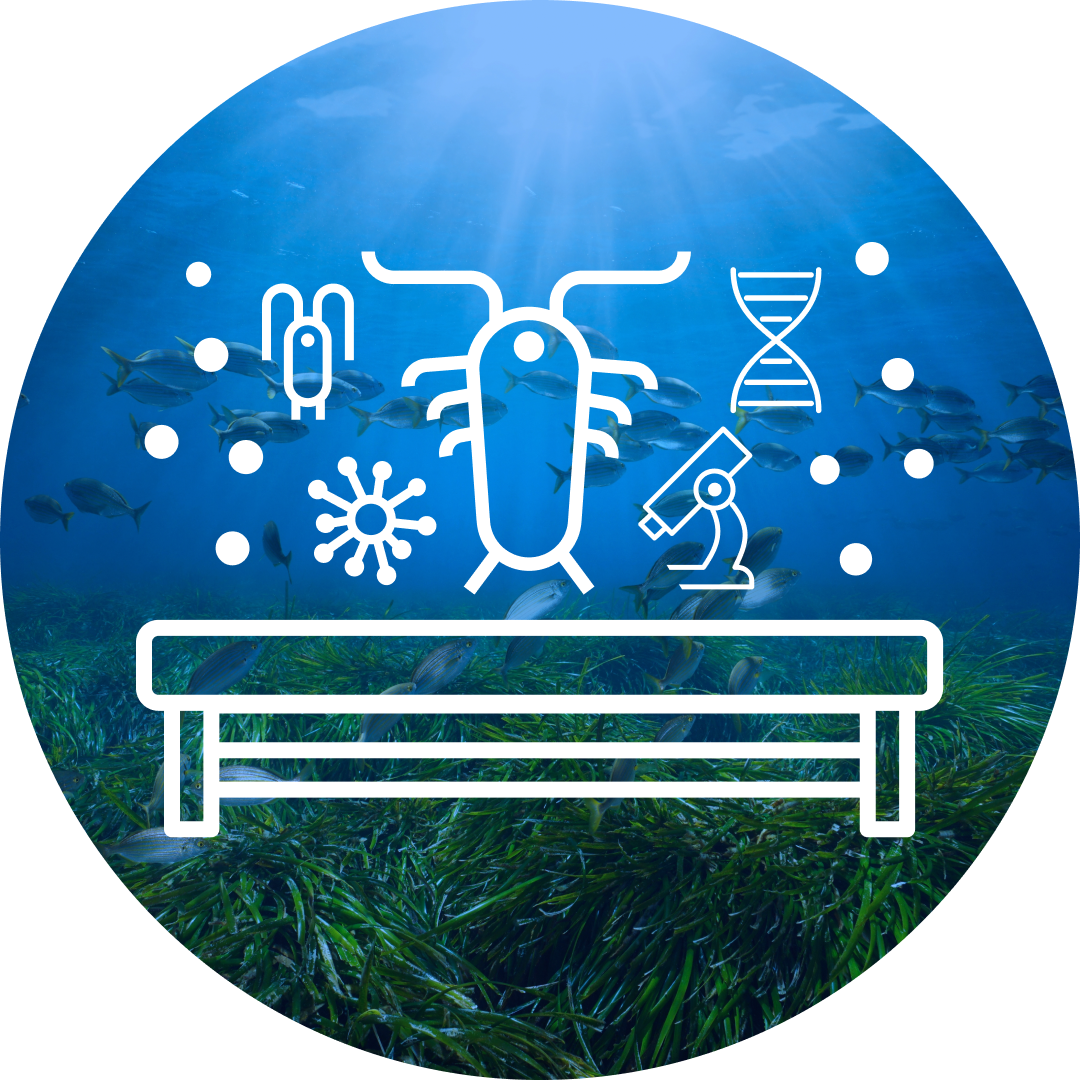A number of data-intensive Workbenches for selected Essential Ocean Variables (EOVs) are being developed and tested in Blue-Cloud 2026. Ocean and data scientists will implement efficient workflows that allow them to harmonise, validate and qualify large and various in situ data sources, exploiting the blue analytical services available in the Blue-Cloud Virtual Research Environment.
The modular architecture of the Blue-Cloud VRE is scalable and sustainable, being fit for connecting additional e-infrastructures, implementing and integrating more and advanced blue analytical services, configuring more dedicated Virtual Labs, and targeting broader (groups of) users. Workbenches are among the new ways explored in Blue-Cloud 2026 for adopting additional cloud storage, cloud computing, deep learning and neural networks for supporting big data processes for validation, extraction, interpolation and product generation.
The Big Data Workbenches can be adopted by EMODnet, Copernicus Marine Service and selected Research Infrastructures for producing at a regular interval a set of harmonised and validated data collections for a selection of EOVs in physics, chemistry and biology, highly relevant for analysing the state of the environment and improving the numerical simulations of the planned Digital Twin Ocean.
Physics: temperature & salinity
 This Workbench will implement a cloud-based workflow to generate harmonised, validated and customisable EOV data collections for temperature and salinity, integrating datasets released from different EU and non-EU data infrastructures for the test region of the Mediterranean Sea. The optimised workflow will allow to rapidly/systematically derive and upgrade integrated data collections and generate different datasets as e.g. gridded climatologies. The Workbench will deliver the harmonised datasets and the cloud-based workflow in Open Access to users and big data infrastructures for uptake.
This Workbench will implement a cloud-based workflow to generate harmonised, validated and customisable EOV data collections for temperature and salinity, integrating datasets released from different EU and non-EU data infrastructures for the test region of the Mediterranean Sea. The optimised workflow will allow to rapidly/systematically derive and upgrade integrated data collections and generate different datasets as e.g. gridded climatologies. The Workbench will deliver the harmonised datasets and the cloud-based workflow in Open Access to users and big data infrastructures for uptake.
This workbench is led by INGV with contribution from Ifremer, Oceanscope, Pokapok, HCMR.
Eutrophication: chlorophyll, nutrients, oxygen
 Currently, several datasets in different data infrastructures with their own QC/QA have to be synchronised manually. This Workbench will define and implement an efficient production workflow to merge multi-source datasets managed by Copernicus Marine Service, EMODnet Chemistry and the World Ocean Database, together with key EU RIs and build highly qualified EOV datasets for eutrophication variables: chlorophyll, nutrients, oxygen. Tested for the North East Atlantic, the aim is to further extend it to the global ocean during the last year of the project.. The Blue-Cloud data lakes development, and specialised cloud-based software tools will be exploited to allow efficient dataset aggregation and harmonisation. A dedicated protocol will be jointly set out to identify and handle the potential duplicate observations.
Currently, several datasets in different data infrastructures with their own QC/QA have to be synchronised manually. This Workbench will define and implement an efficient production workflow to merge multi-source datasets managed by Copernicus Marine Service, EMODnet Chemistry and the World Ocean Database, together with key EU RIs and build highly qualified EOV datasets for eutrophication variables: chlorophyll, nutrients, oxygen. Tested for the North East Atlantic, the aim is to further extend it to the global ocean during the last year of the project.. The Blue-Cloud data lakes development, and specialised cloud-based software tools will be exploited to allow efficient dataset aggregation and harmonisation. A dedicated protocol will be jointly set out to identify and handle the potential duplicate observations.
This workbench is led by OGS with contribution from Ifremer, Pokapok, SMHI.
Ecosystem-level EOVs
 This Workbench will improve the availability, quality and interoperability of large collections of plankton observations based on traditional counts, quantitative imaging and genomic methods available from the EMODnet/EurOBIS and ELIXIR data infrastructures. It will develop a generic modelling workflow in Blue-Cloud 2026 to generate high-quality interpolated maps of the global distribution of these plankton entities. It will provide a sustainable workflow for production of ecosystem-level EOVs following clear QA/QC steps and according to best practices in habitat modelling.
This Workbench will improve the availability, quality and interoperability of large collections of plankton observations based on traditional counts, quantitative imaging and genomic methods available from the EMODnet/EurOBIS and ELIXIR data infrastructures. It will develop a generic modelling workflow in Blue-Cloud 2026 to generate high-quality interpolated maps of the global distribution of these plankton entities. It will provide a sustainable workflow for production of ecosystem-level EOVs following clear QA/QC steps and according to best practices in habitat modelling.
This workbench is led by ETHZ with contribution from Sorbonne University, EMBL and involved Research Infrastructures: EMBRC, Lifewatch, ELIXIR; data infrastructures: EMBL, EMODnet biology, EuroBIS, Copernicus
Interested in knowing more?